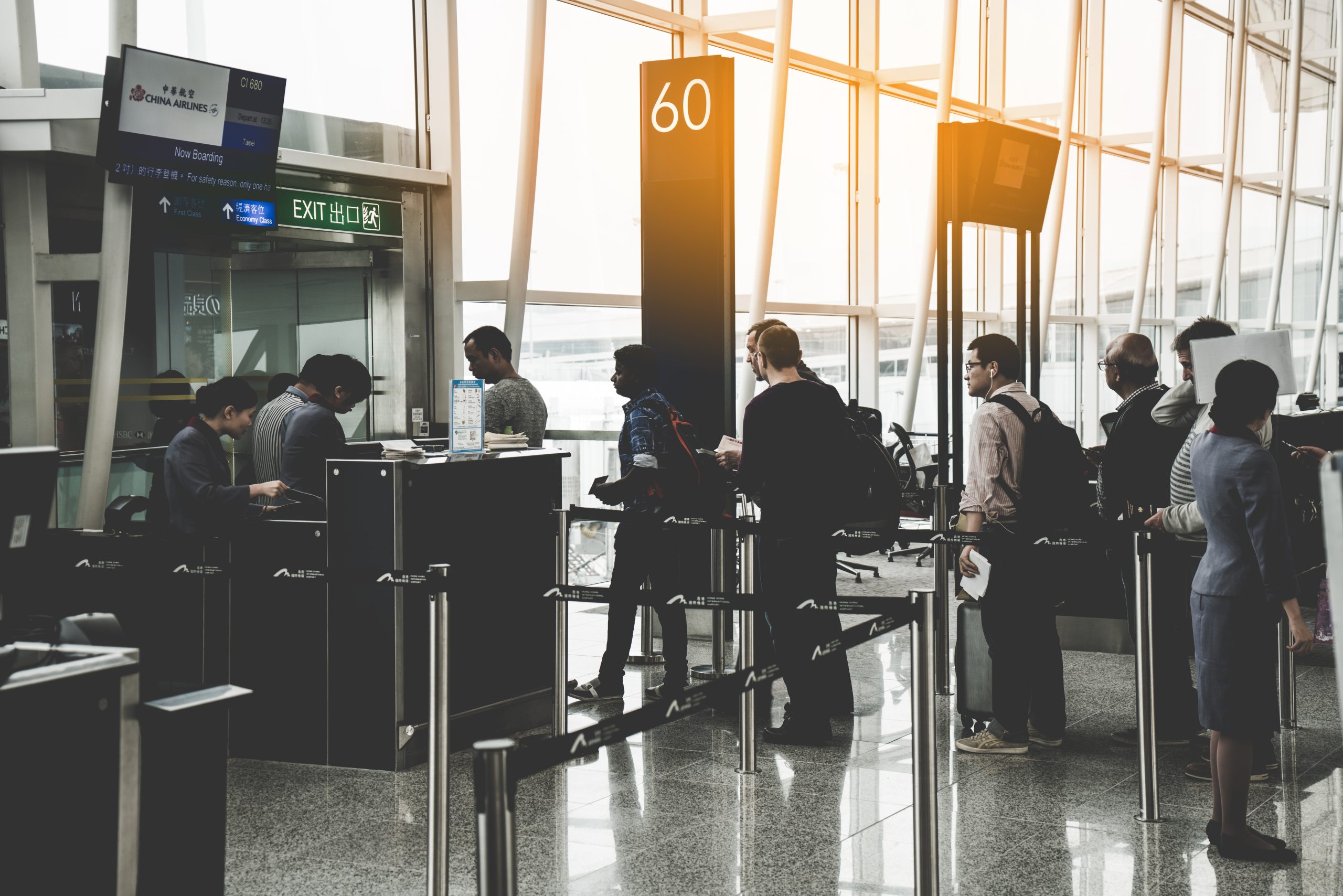What’s Optimal Versus What’s Best: Learning from Airline Boarding Schemes

 As a firm which focuses on moving beyond data science to optimization, we recognize that there is a distinction between what is mathematically optimal and what is business optimal. As we enter into what is predicted to be the busiest air travel season ever (December 2023), we consider a particularly enlightening example from the aviation industry, specifically in the domain of airplane boarding schemes. This scenario illustrates the divergence between what is mathematically optimal and what is best from a business perspective.
As a firm which focuses on moving beyond data science to optimization, we recognize that there is a distinction between what is mathematically optimal and what is business optimal. As we enter into what is predicted to be the busiest air travel season ever (December 2023), we consider a particularly enlightening example from the aviation industry, specifically in the domain of airplane boarding schemes. This scenario illustrates the divergence between what is mathematically optimal and what is best from a business perspective.
The Mathematical Optimum: Efficiency at its Core
Mathematically, the optimum solution to an airplane boarding problem revolves around minimizing the total time taken for all passengers to board. Advanced mathematical optimization techniques, such as linear programming or simulation models, can be employed to find the most efficient boarding order. This might involve boarding passengers in a sequence based on their seat positions – window seats first, followed by middle seats, and then aisle seats – to avoid aisle blockages (also known as “WILMA”). The Steffen Method suggests boarding by alternating rows and seat positions.
However, these mathematically optimal solutions, while efficient on paper, often overlook the human element. Passengers are not mere variables in an equation; they have preferences, behaviors, and emotions.
The Business Best: Balancing Efficiency and Customer Experience
From a business perspective, the “what’s best” solution is not solely about efficiency but also about customer satisfaction and operational practicality. Airlines must consider factors like passenger comfort, the ease of boarding for families or those needing assistance, loyalty program benefits, and the overall boarding experience.
Implementing the mathematically optimal boarding method might lead to faster turnaround times, but it could also result in passenger dissatisfaction. For example, American Airlines’ attempt at a more efficient boarding process led to customer dissatisfaction, as it overlooked loyalty member privileges and the comfort of families boarding together.
Lessons from the Airport: A Harmonious Blend
This dichotomy between mathematical optimization and business practicality in airplane boarding schemes provides a valuable lesson. It emphasizes the importance of not just finding the optimal solution, but also understanding and integrating the business context and human factors into the equation.
As a firm with a strong foundation in mathematical optimization and industrial engineering, First Analytics recognizes the need to blend these two worlds. It’s about creating solutions that are not only efficient and technically sound but also pragmatic and sensitive to the end-users’ needs. This approach ensures that the solutions we propose and implement are not just optimal in theory but are also the best in practice, considering all dimensions of a problem.